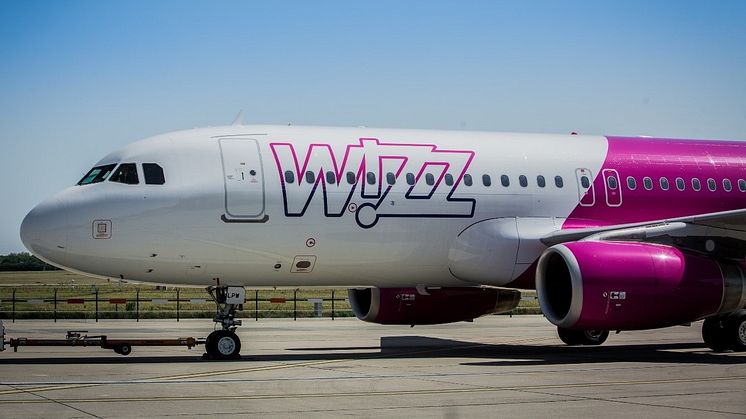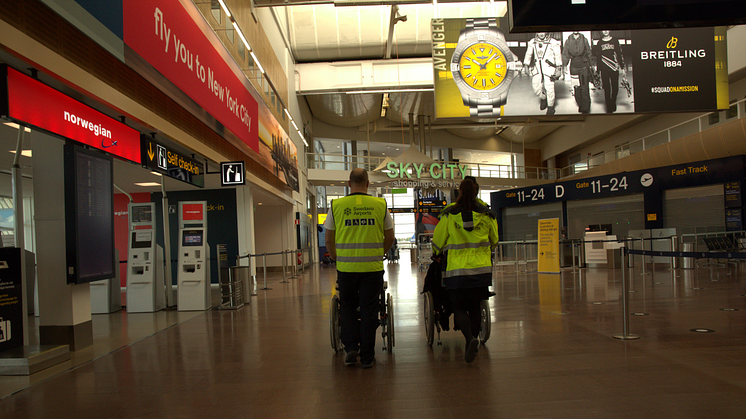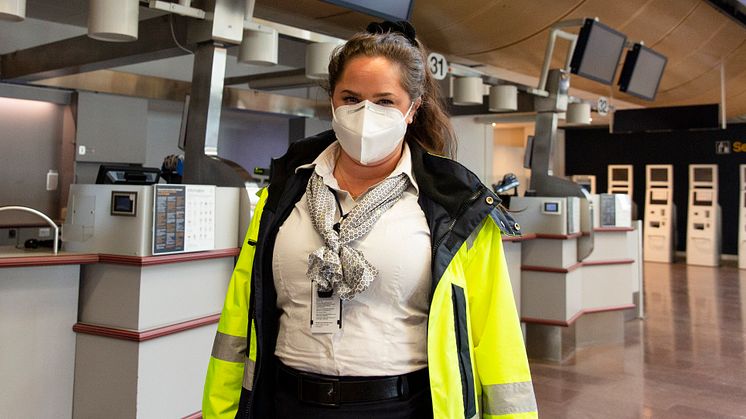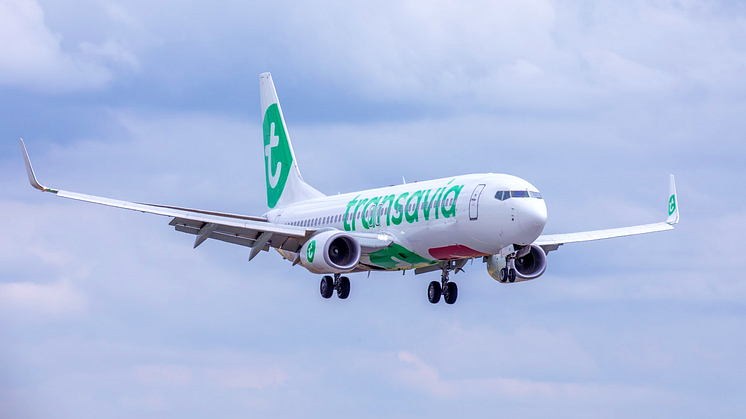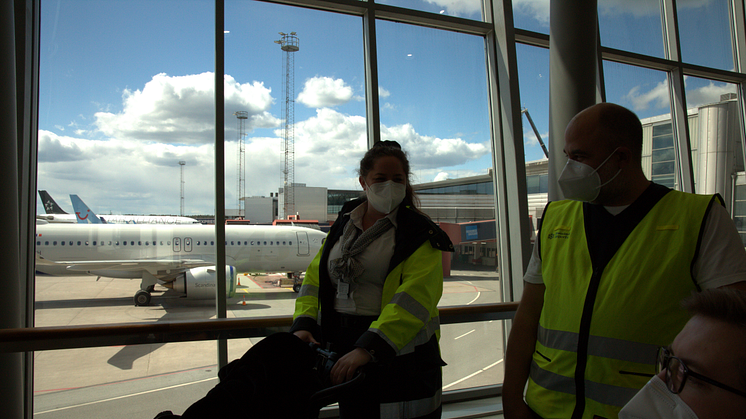
Press release -
Swedavia’s traffic statistics for February 2021
During February, 271,000 passengers flew via Swedavia’s ten airports, a decrease of 90 per cent compared to February last year, when Swedavia had 2,631,000 passengers. The deterioration in the air travel market continued in February, with a weaker trend primarily in international travel. During the past twelve months of the pandemic, air traffic overall has decreased by more than 34 million passengers.
“The weaker trend in air travel at the start of the year continued in February, with the decrease in passenger volume still at around 90 per cent. Air travel to other Nordic countries and outside Europe has virtually come to a standstill, while air travel to other European countries and domestic traffic is faring somewhat better. All in all, air travel is still very limited and remains at historically low levels,” says Jonas Abrahamsson, Swedavia’s president and CEO.
“Signals of improved booking demand for the summer and airlines’ plans for traffic at our airports are naturally very gratifying. After a year of this pandemic, there is pent-up demand to meet, especially for travel to visit friends and family. But there is still a great deal of uncertainty about the market trend. A broader recovery for air travel and the opening up of countries and societies are completely dependent on the pandemic and the vaccination efforts now under way,” says Jonas Abrahamsson.
Of the total 271,000 passengers who flew in February, 141,000 were international passengers, a decrease of 92 per cent compared to February last year, when 1,746,000 passengers travelled internationally. Domestic travel decreased 85 per cent to 130,000 passengers compared to February last year, when the number of domestic passengers was 884,000.
At Sweden’s largest airport, Stockholm Arlanda Airport, air travel decreased 90 per cent to 174,000 in February compared to February last year. International travel decreased 92 per cent to 109,000 passengers, while domestic travel decreased to a lesser extent, 82 per cent, to 65,000 passengers.
At Göteborg Landvetter Airport, air travel decreased 92 per cent to 32,000 passengers in February. International travel decreased 93 per cent during the period, while domestic travel decreased 88 per cent.
Bromma Stockholm Airport was the airport that continued to show the greatest passenger decrease in February, with a decrease of 97 per cent.
At Swedavia’s seven regional airports, the number of passengers decreased between 75 and 94 per cent to a total of 61,000 passengers in February. Kiruna Airport continued to be the airport that fared best in February as well, with a decrease of 75 per cent. Åre Östersund Airport was the regional airport that did second best in February, with a decrease of 79 per cent.
Traffic statistics for Swedavia’s airports are available (in Swedish) under “Om Swedavia/Statistik”: https://www.swedavia.se/om-swedavia/statistik/.
More information about the safety and infection control measures Swedavia has taken for our passengers is available at www.swedavia.se. See for example: https://www.swedavia.com/arlanda/before-your-journey/.
For further information, please contact Swedavia’s press office at +46 (0)10-109 01 00 or press@swedavia.se.
Topics
Categories
The Swedavia Group owns, operates and develops ten airports across Sweden. Our role is to create the access Sweden needs to facilitate travel, business and meetings. Safe, satisfied passengers are the foundation of Swedavia’s business. Swedavia is a world leader in developing airports with the least possible environmental impact. The Group had revenue of about 2.5 billion kronor in 2020 and has nearly 2,600 employees.





